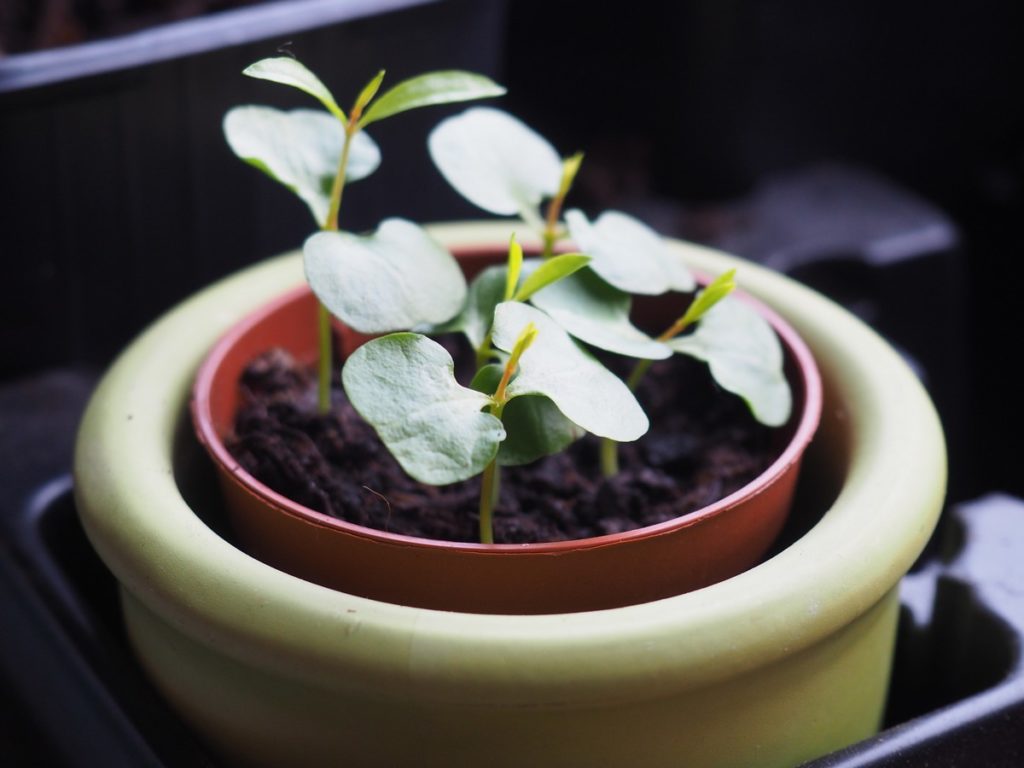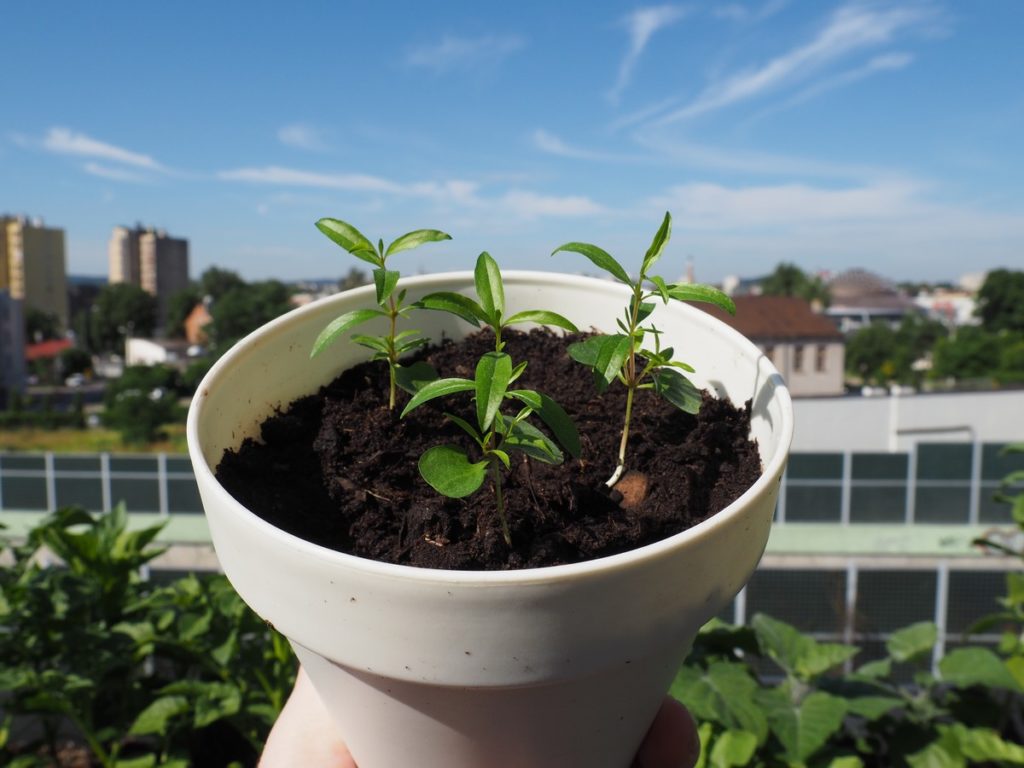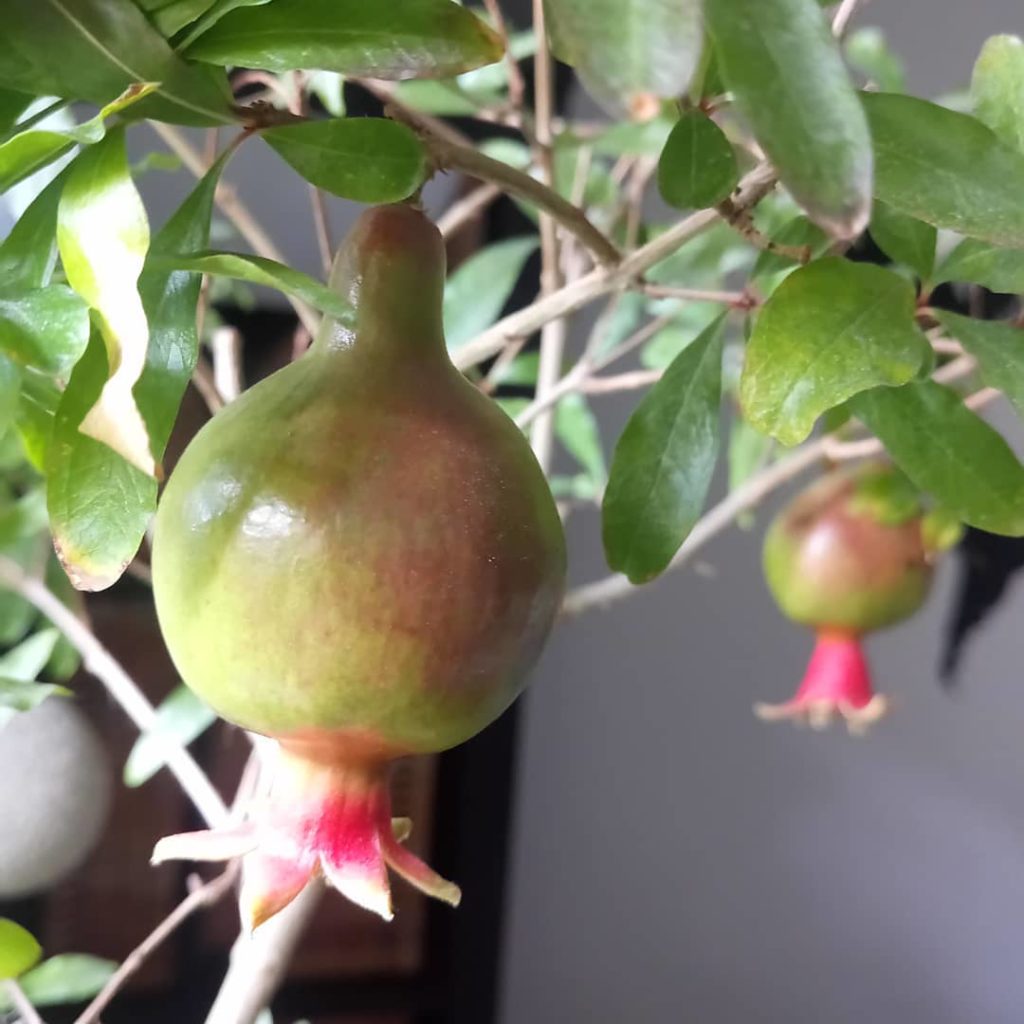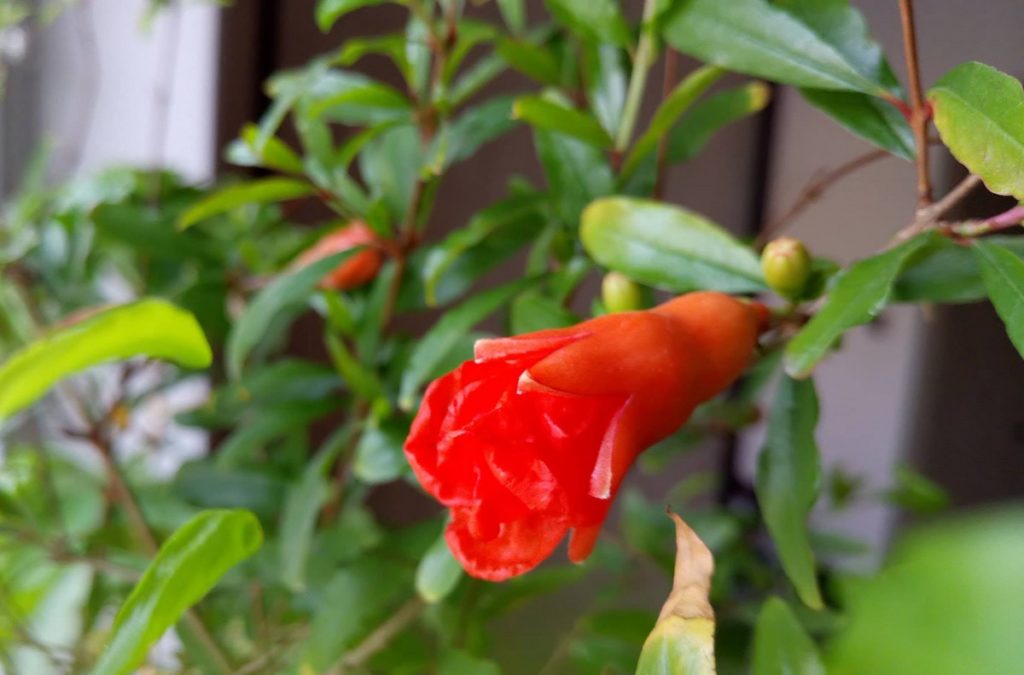Share This Article
I like to grow various, slightly exotic plants in my home. If there is any chance that they will bear fruit, my motivation to care is even greater. Today, a few words about how to grow pomegranates at home.
My plant is about 10 years old and it appeared at my home as a seedling, but I managed to reproduce it. In the case of pomegranates, both the option of planting seeds and cutting the twig and trying to root it works.
Pomegranates
The pomegranates we buy in the store are the Punica granatum. Fruit comes from Asia but is grown in many countries around the world. Mentions about the cultivation of this fruit date back even several thousand years. It is most often a shrub or tree up to 5 meters high.
In addition to obtaining fruit, it is also often grown as a decorative plant. It has beautiful red flowers and fruit that we know from the kitchen.
Preparation and planting
The pomegranates can be grown in two ways. The first is rooting a piece from adult plants. It is not easy and it is good to use rooting preparations. In many trials, only a few grow.
However, I decided to try to plant pomegranates from seeds. I obtained them from fruits that I had grown at home. Remove the particles from the pomegranates and remove the flesh with, for example, a paper towel. We wipe it carefully.
Put the seeds obtained in this way on a paper towel, wrap it and moisten it. We put it in a string bag and put it away for a few days in a warm and dark place. after about 5 days, the seeds should swell and sprouts should be visible. We put such seeds in a pot with soil and water it. After a few more days, the plants should appear on the surface.
Breeding and conditions
My adult pomegranate is about 50 cm tall. It is a thermophilic plant and likes high temperatures. As it happens with plants of this type, it does not like to be dry.
I also know from experience that the pomegranate likes to spend the winter in a slightly darker and cooler room. It can then shed its leaves and recharge for the next season. If you do not change its place for the winter, the effect may be its disturbance (especially due to radiators and sunny winter days). This only manifests itself in partial shedding of leaves and poor appearance. It also has a problem with flowering and fruiting.
After the correct season (wintering in a cooler room), the record number of flowers that appeared on my bush exceeded 100. Out of these, two fruits have matured.
Now you know how to grow pomegranates at home! To work! :)









